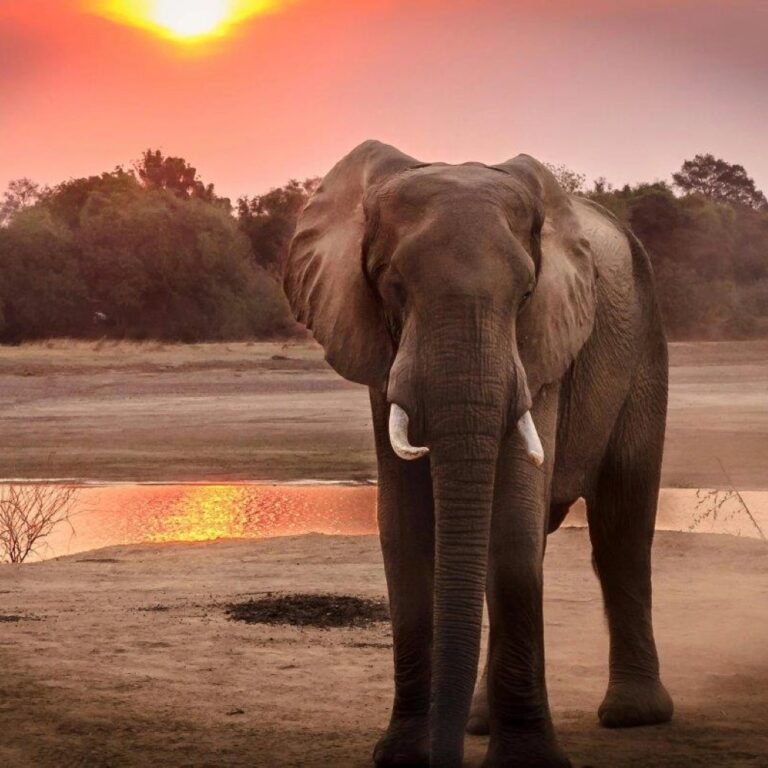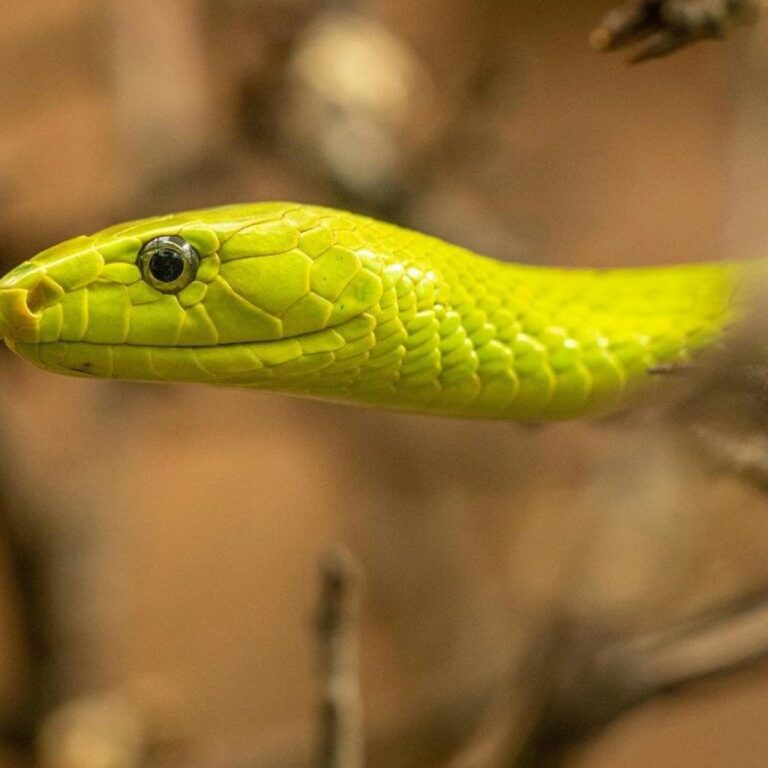There are over 200 species, ranging in size from the tiny elf owl, which is about the size of a sparrow, to the large Eurasian eagle owl, which has a wingspan of up to 6.6 feet.
Owls have specialized feathers that allow them to fly almost silently. The leading edges of their wing feathers are serrated, breaking up turbulence and reducing noise, which helps them surprise their prey.
Unlike most birds, owls have forward-facing eyes that give them binocular vision, allowing them to judge distances more accurately when hunting. Their eyes are also adapted to see well in low light conditions.
They cannot move their eyes in their sockets like humans can. Instead, they have to turn their entire head to look around. They can rotate their heads up to 270 degrees in either direction.
The facial disc of an owl, which is the round, flat area around their eyes, helps funnel sound to their ears. This enhances their hearing, allowing them to detect even the slightest sounds made by their prey.
They are carnivorous and have a diet that includes insects, small mammals, birds, and even fish, depending on the species. They often swallow their prey whole and later regurgitate indigestible parts, such as bones and fur, in the form of pellets.
Many species are nocturnal, hunting at night, but some, like the snowy owl, are diurnal and hunt during the day, especially in the Arctic where daylight can last for months.
Owls have zygodactyl feet, meaning they have two toes pointing forward and two pointing backward. This toe arrangement helps them grip and carry their prey more effectively.
The ear tufts seen on some species, like the great horned owl, are not actually ears. These tufts are feathers that may help with camouflage or communication with other owls.
The have excellent hearing, and some species can detect the movement of their prey under several inches of snow or soil. Their asymmetrical ear placement allows them to pinpoint the exact location of sounds.
The barn owl is one of the most widespread owl species, found on every continent except Antarctica. They are known for their heart-shaped face and their role in controlling rodent populations.
Owls have been associated with wisdom and knowledge in many cultures throughout history. In Greek mythology, the owl is a symbol of Athena, the goddess of wisdom.
They are solitary birds, and most species are highly territorial. They will defend their territory from other owls and predators, often using their loud calls to warn intruders.
The eyes of owls are not true 'eyeballs.' Their tube-shaped eyes are elongated and fixed in their sockets, which gives them excellent depth perception but limits their field of view.
Conservation efforts are important for many owl species, particularly those that are threatened by habitat loss, pollution, and climate change. Protecting their natural habitats is crucial for their survival.



